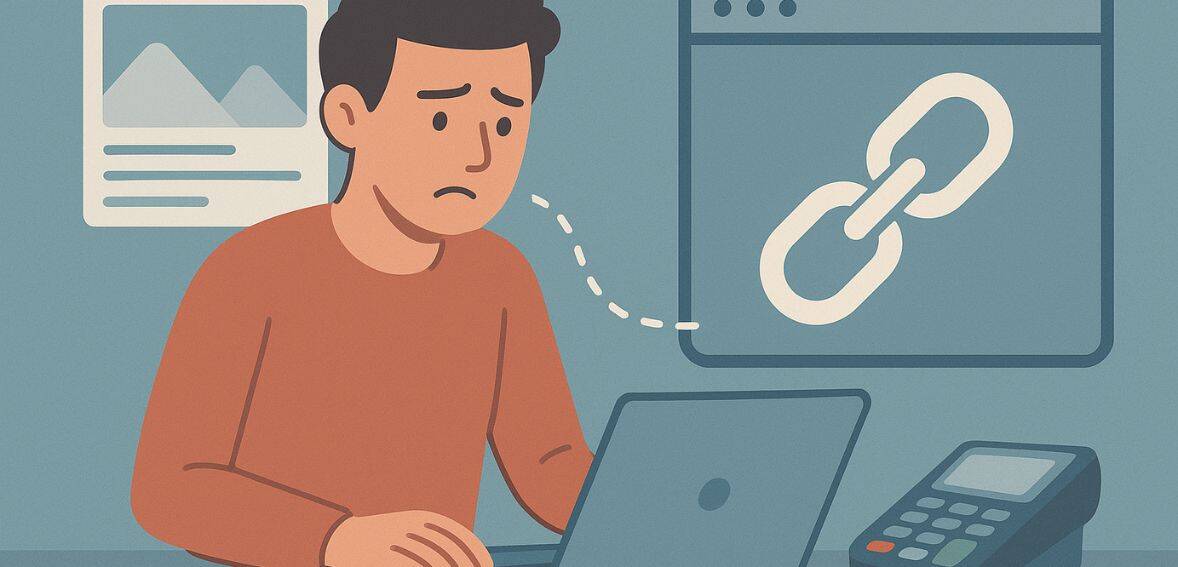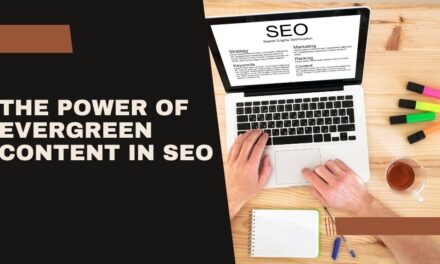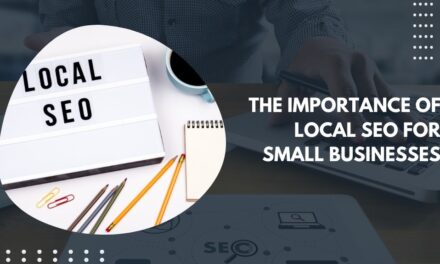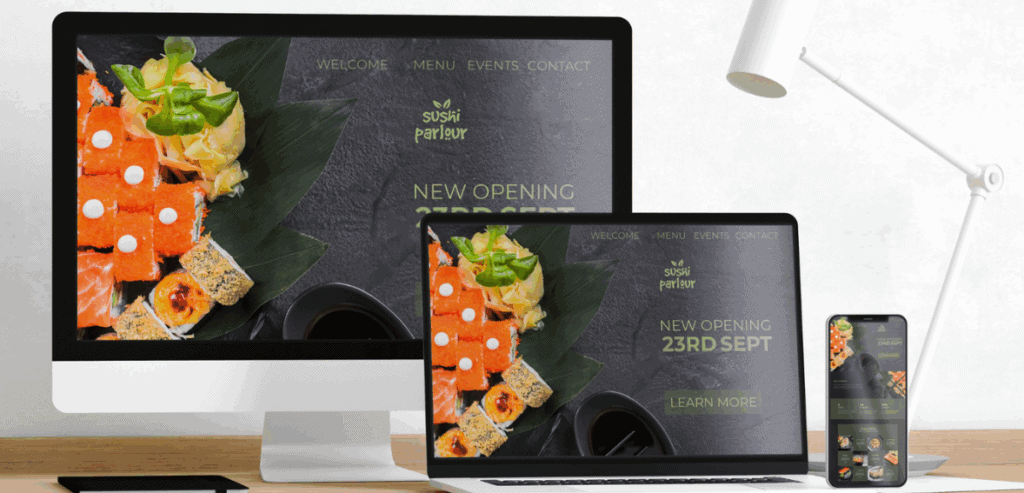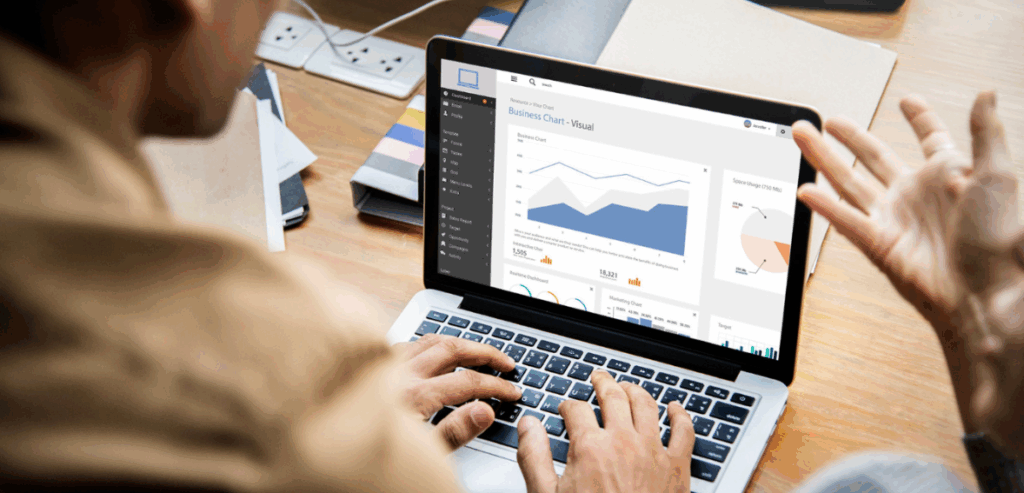Search engine optimization has never stood still, and strategies once considered outdated often find new life when adapted to modern conditions. Broken link building is one of those strategies. A decade ago, it was widely used by digital marketers looking to replace dead links on websites with their own relevant content.
Some argued it was overused, prone to spam, and destined to fade away. Yet in 2025, the practice still works—though in ways more refined, ethical, and context-driven than its earlier forms. For businesses, agencies, and publishers willing to commit to quality, broken link building remains not just a technical trick but a genuine opportunity to create value for webmasters, audiences, and search engines alike.
The Evolution of Broken Link Building
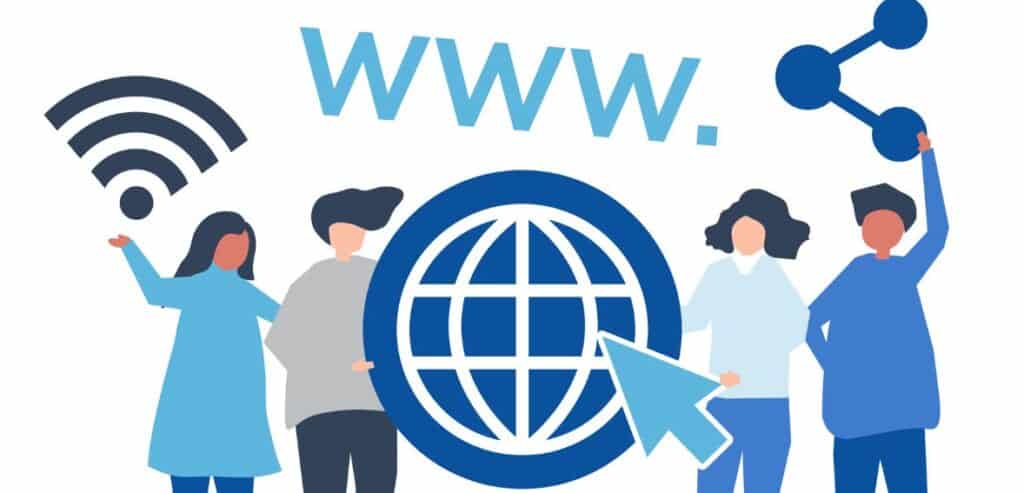
Broken link building was frequently viewed as a numbers game in its early years. In order to find every broken link, marketers would scrape thousands of websites and send out pre-made outreach messages. Many of these attempts, predictably, were disregarded or written off as spam.
Link manipulation gradually lost some of its appeal as webmasters and search engines grew suspicious of it. However, the strategy has been redefined due to the evolution of digital marketing.
Success In 2025 will depend more on relevance, personalization, and high-quality content than on bulk emailing. Where it creates real connections between obsolete resources and significant substitutes, broken link building is now flourishing.
Why Links Still Matter in 2025
Some have predicted that backlinks will become less important as a ranking factor as AI search, voice queries, and algorithmic updates progress. Evidence, however, indicates that they continue to be essential to SEO.
Links are still used by Google and other search engines as indicators of relevance, authority, and trust. Businesses that invest in quality backlink strategies often see stronger long-term visibility, reinforcing the continued importance of authentic link-building practices in 2025.
The value of links has changed. Contextual, earned backlinks are much more valuable than low-quality, irrelevant ones. A natural way to obtain these contextual placements is through broken link building. Businesses also gain exposure and authority by assisting site owners in maintaining high-quality resources, which keeps the practice relevant in today’s SEO landscape.
The Human Element of Value
What sets effective broken link building apart in 2025 is its human-centered approach. Website owners are busy, often overwhelmed with managing content, updates, and technical issues. A thoughtful message that identifies a broken resource and offers a relevant, high-quality replacement provides real value.
It saves the webmaster time and improves the user experience for their audience. In this way, broken link building is no longer just about acquiring backlinks—it is about collaboration. When approached with sincerity, it fosters relationships between creators and helps maintain the integrity of the web. This human touch is what makes the strategy sustainable today.
Finding Broken Links in 2025
Technology has advanced significantly, and so have the tools available for identifying broken links. Sophisticated crawlers can scan websites quickly, flagging errors in real time. Some AI-powered platforms even suggest replacement resources automatically. Still, the most successful practitioners understand that tools are only the beginning.
Human judgment is required to decide whether a broken link is worth pursuing and whether the proposed replacement genuinely fits. Without discernment, even the best technology produces noise. Broken link building in 2025 blends automated efficiency with human insight, ensuring that opportunities pursued are both practical and aligned with ethical SEO practices.
Crafting Content That Deserves Replacement
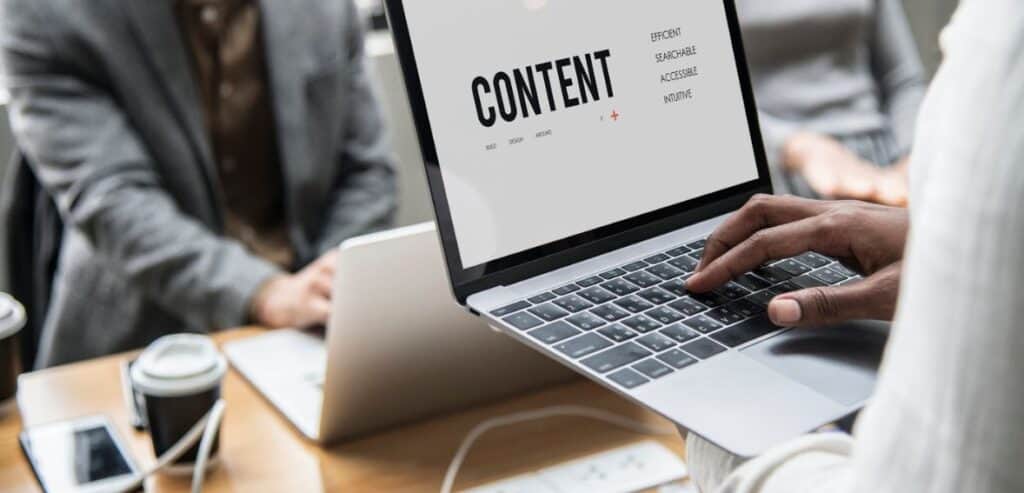
A broken link opportunity is only valuable if the suggested replacement content truly adds value. In earlier years, marketers often pitched thin, generic articles, hoping to win links through persistence. Today, this approach fails quickly. Webmasters demand quality: resources that are comprehensive, credible, and beneficial to their audiences.
Businesses pursuing broken link building must invest in strong content assets, whether detailed guides, updated studies, or interactive tools. The replacement must stand on its own merit, not just as a convenient link. By focusing on substance, marketers not only improve their chances of earning links but also build resources that attract traffic naturally.
Outreach That Feels Authentic
One of the major reasons broken link building gained a bad reputation was poor outreach. Webmasters grew tired of generic emails with little personalization. In 2025, authenticity is the foundation of successful communication.
Effective outreach acknowledges the site owner’s effort, explains the value of replacing a broken link, and offers the new resource respectfully. Tone matters as much as content; it should feel like one professional helping another rather than a cold solicitation. Building trust through authenticity increases response rates and turns broken link building from a transactional request into the start of a professional relationship.
The SEO Benefits Beyond Links
While backlinks remain the most obvious benefit, broken link building offers broader advantages. By creating resources that replace outdated or dead content, businesses improve their own websites’ authority and user engagement. These updated assets often attract organic traffic beyond the initial link.
Additionally, relationships built through outreach can lead to future collaborations, guest contributions, or even partnerships. The strategy creates a ripple effect, where the immediate win of a new link expands into long-term opportunities. In 2025, savvy marketers recognize that broken link building is not a quick fix but a strategy that supports holistic growth.
Challenges in Today’s Environment
Despite its continued relevance, broken link building is not without challenges. Webmasters are inundated with requests, making it harder to stand out. Competition for high-value placements has increased, particularly in niches with strong commercial value.
Additionally, content standards are higher than ever, meaning weak resources rarely succeed. Businesses that underestimate the effort required often become discouraged. Yet these challenges also act as filters, ensuring that only those committed to quality thrive. In this sense, broken link building has matured: the shortcuts are gone, but for those willing to invest in genuine value, the rewards remain significant.
Broken Link Building for Nonprofits
Nonprofit organizations often struggle with visibility, yet they are uniquely positioned to benefit from broken link building. Educational institutions, government agencies, and community organizations frequently host resource lists that accumulate broken links over time.
A nonprofit that identifies these gaps and provides updated information not only gains links but also fulfills its mission of serving the public. For example, a nonprofit focused on environmental issues might replace dead links on resource pages with updated climate reports. In 2025, this approach combines SEO strategy with social impact, demonstrating that broken link building can be both practical and meaningful.
Industry-Specific Applications
Broken link building is not a one-size-fits-all strategy; its effectiveness varies by industry. In fast-moving sectors like technology or healthcare, resources quickly become outdated, creating fertile ground for replacements. In contrast, industries with slower content turnover may offer fewer opportunities but still reward persistence.
For example, educational websites often link to research that becomes outdated, while e-commerce sites may have expired product pages ripe for replacement. By tailoring their approach to industry dynamics, businesses maximize success. In 2025, the strategy thrives when adapted to context, ensuring that outreach aligns with the unique needs and rhythms of each field.
The Role of AI in Modern Link Building
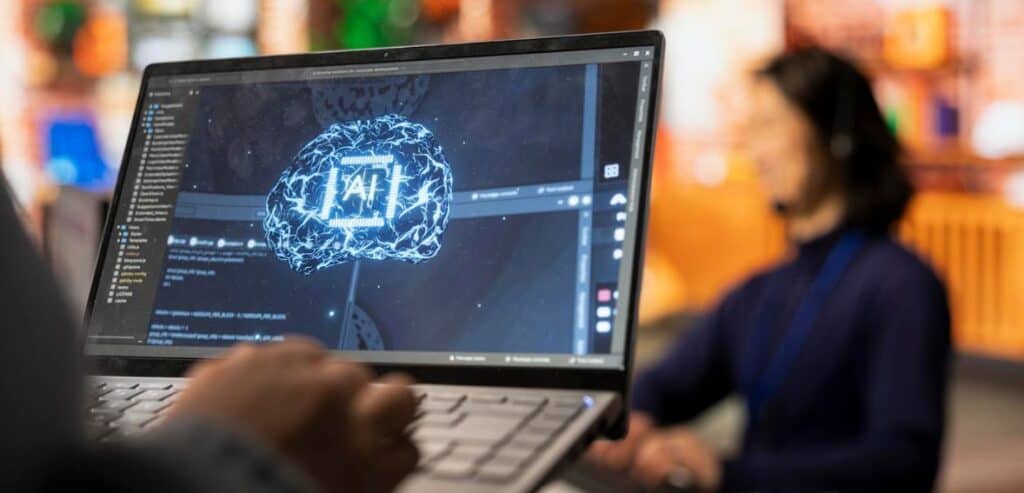
Artificial intelligence has become an integral tool for SEO, and broken link building is no exception. AI-driven crawlers can scan vast portions of the web, while natural language processing helps identify whether suggested replacements are contextually appropriate. Some platforms even draft initial outreach messages.
However, AI cannot replace human empathy and creativity. Automated messages without personalization risk repeating the mistakes of earlier years. The most effective strategies blend AI efficiency with human judgment, ensuring outreach feels genuine and resources truly serve the audience. AI amplifies scale, but the heart of broken link building remains distinctly human.
Ethical Considerations in 2025
Ethics are central to SEO practices today, and broken link building is no exception. The strategy risks slipping into spam when abused, but when done responsibly, it preserves the quality of the web. Ethical practitioners focus on genuine value, avoiding manipulative tactics like exaggerating resource relevance or overwhelming webmasters with demands.
Respectful communication, quality content, and transparency are the hallmarks of modern broken link building. By maintaining high ethical standards, marketers protect not only their own reputation but also the broader credibility of the SEO Industry. In 2025, ethics are not optional—they are the foundation of sustainable strategies.
Measuring Success Beyond Numbers
Historically, broken link building was judged by sheer link counts. In 2025, metrics have matured. Quality of links, relevance to content, referral traffic, and long-term relationships matter more than raw numbers. A handful of authoritative links often outweigh dozens of weaker ones.
Companies now assess whether broken link building strengthens brand visibility, drives meaningful traffic, and supports broader goals. Success is measured not just in SEO metrics but in trust, authority, and customer engagement. This shift encourages practitioners to pursue fewer but higher-quality opportunities, reinforcing broken link building’s role as a refined, strategic tool rather than a blunt instrument.
Building Long-Term Relationships
One of the overlooked benefits of broken link building is relationship-building. When done respectfully, outreach often leads to ongoing collaboration. A webmaster who replaces one broken link may later invite guest contributions or share future resources. In this way, broken link building becomes a doorway to broader networking.
Businesses that treat outreach as transactional miss these opportunities, while those who nurture relationships see compounding returns. In 2025, the tactic has evolved beyond individual link placements into a strategy for building trust-based professional networks. The value lies not only in the links earned but in the partnerships formed.
In 2025, effective broken link building isn’t just about replacing dead links — it’s also about strengthening local ties. After all, when your community network matters, your outreach becomes more authentic and backlinks more meaningful.
The Role of Broken Link Building In Content Strategy

Modern SEO emphasizes content as the backbone of visibility. Broken link building fits seamlessly into this framework by incentivizing the creation of high-quality, evergreen resources.
Businesses must anticipate which types of content will remain relevant and valuable as replacements for outdated links. This often means investing in comprehensive guides, well-researched studies, or interactive tools.
By aligning broken link building with broader content strategy, businesses create assets that serve multiple purposes: attracting organic traffic, earning links, and enhancing brand authority. In this sense, the tactic reinforces—not replaces—the importance of content as the foundation of digital marketing.
The Global Perspective
As the internet continues to globalize, broken link building takes on international dimensions. Different regions face different challenges in maintaining resource lists, government portals, and educational content.
For example, developing countries may have more outdated resources due to slower updates. International businesses that approach broken link building globally unlock opportunities to connect with diverse audiences.
However, cultural sensitivity and multilingual outreach become essential. Success lies in adapting communication styles and recognizing regional differences in web use. In 2025, broken link building is not confined to local markets—it thrives on a global scale, bridging gaps across borders.
Broken Link Building in Competitive Niches
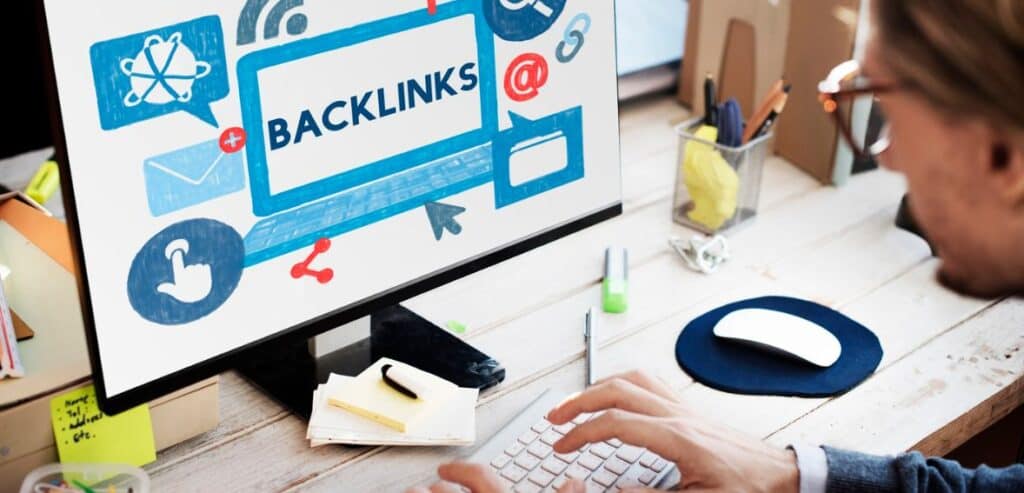
In highly competitive niches like finance, health, or technology, opportunities for broken link building are plentiful but contested. Marketers must work harder to stand out, offering not just replacements but superior value. This may involve producing interactive calculators, updated statistics, or in-depth whitepapers.
The competition raises the bar, but it also validates the tactic’s relevance: if so many players pursue it, the rewards must be significant. For businesses willing to go beyond basic outreach, broken link building provides a path to visibility even in saturated markets. The key is differentiation through quality and creativity, ensuring replacements are impossible to ignore.
Future Outlook: Where the Tactic Is Headed
Looking ahead, broken link building will likely evolve further as search technology advances. As AI-driven search engines prioritize context and intent, the importance of truly relevant links will increase.
Broken link building will thrive where it aligns with user needs, replacing outdated or missing content with resources that genuinely serve the audience. The strategy may also merge more closely with digital PR, as outreach becomes less about individual links and more about broader authority-building.
Its survival into 2025 proves its resilience, and its future will depend on how practitioners continue to innovate, adapt, and uphold quality.
Conclusion
Broken link building has traveled a long road from its early days of mass outreach and questionable practices. In 2025, it endures not because it is a clever loophole, but because it creates genuine value. It helps webmasters maintain quality, supports users with updated resources, and allows businesses to grow their authority ethically.
The strategy thrives when practitioners respect its human element, blending technology with empathy, and efficiency with authenticity. For marketers willing to commit to quality, broken link building is more than an SEO trick—it is a sustainable strategy. Its relevance today underscores a larger truth: in digital marketing, authenticity always outlasts shortcuts.

